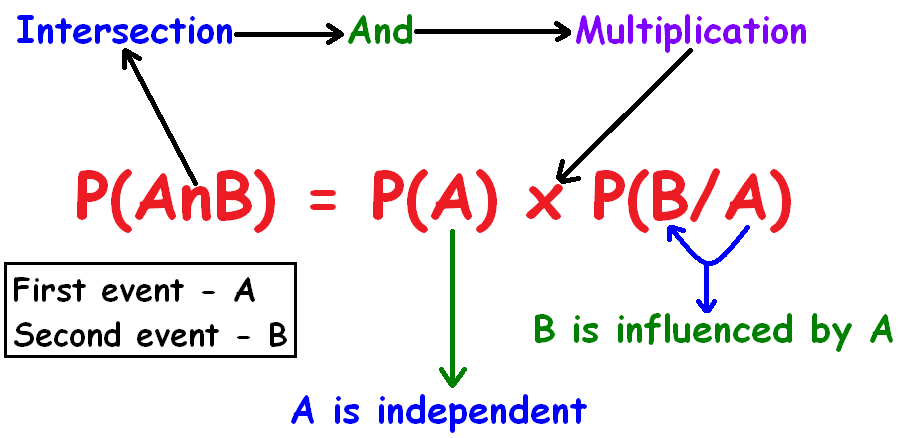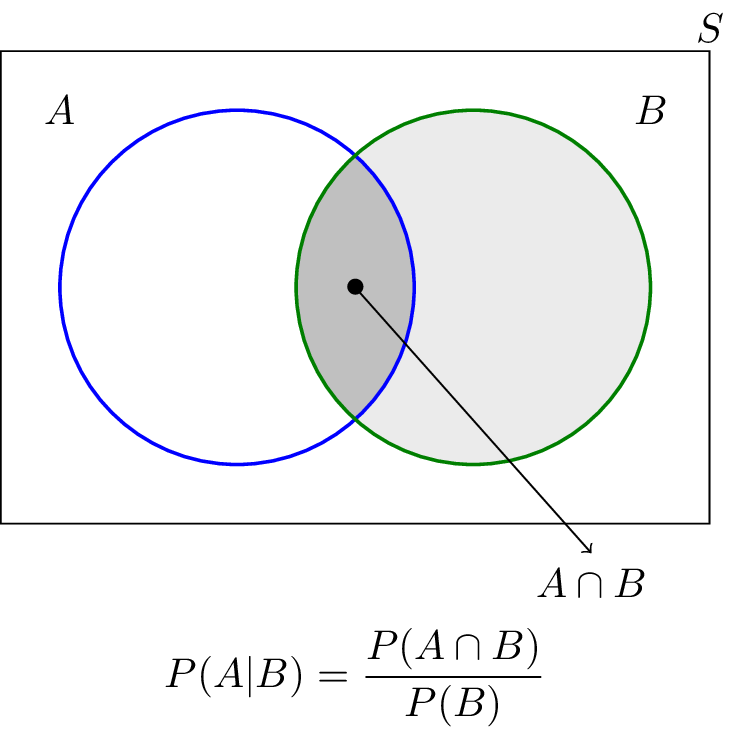
In finding P(A|B), we use P(B|A) and vice versa. How do we find either without knowing one already? - General Programming - Codecademy Forums

SOLVED: The Additive Law of Probability states that P(A U B) = P(A) + P(B) - P(A n B). Since P(A U B) < 1, we get P(A) + P(B) - P(An
![IB Stats] Question 7b: Why is the maximum of P(AnB) equal to P(A) and not equal to P(B), which gives a max. value of 1? : r/HomeworkHelp IB Stats] Question 7b: Why is the maximum of P(AnB) equal to P(A) and not equal to P(B), which gives a max. value of 1? : r/HomeworkHelp](https://preview.redd.it/xk3z57t6v3n71.png?auto=webp&s=ae81a6e376f4c8b748a21b33e6d2e63423c53fa4)
IB Stats] Question 7b: Why is the maximum of P(AnB) equal to P(A) and not equal to P(B), which gives a max. value of 1? : r/HomeworkHelp

SOLVED: Let A and B be events in a sample space such that a) P(A)=0.2 P(AnB) =0.15 and P((AUB) ) = 0.3 Calculate: P(AT ) ; P(AIB); P(B); P(B"IAc nB) ; vi)
![If P(AnB) / P(B) = P(A|B) [given]then P(AuB) / P(A) OR P(AuB) / P(B) = I wanted the - Maths - Probability - 3773778 | Meritnation.com If P(AnB) / P(B) = P(A|B) [given]then P(AuB) / P(A) OR P(AuB) / P(B) = I wanted the - Maths - Probability - 3773778 | Meritnation.com](https://s3mn.mnimgs.com/img/shared/discuss_editlive/4135575/2013_02_14_17_32_39/mathmlequation6375385430541647236.png)




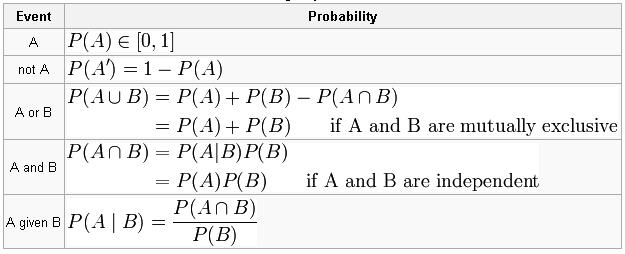
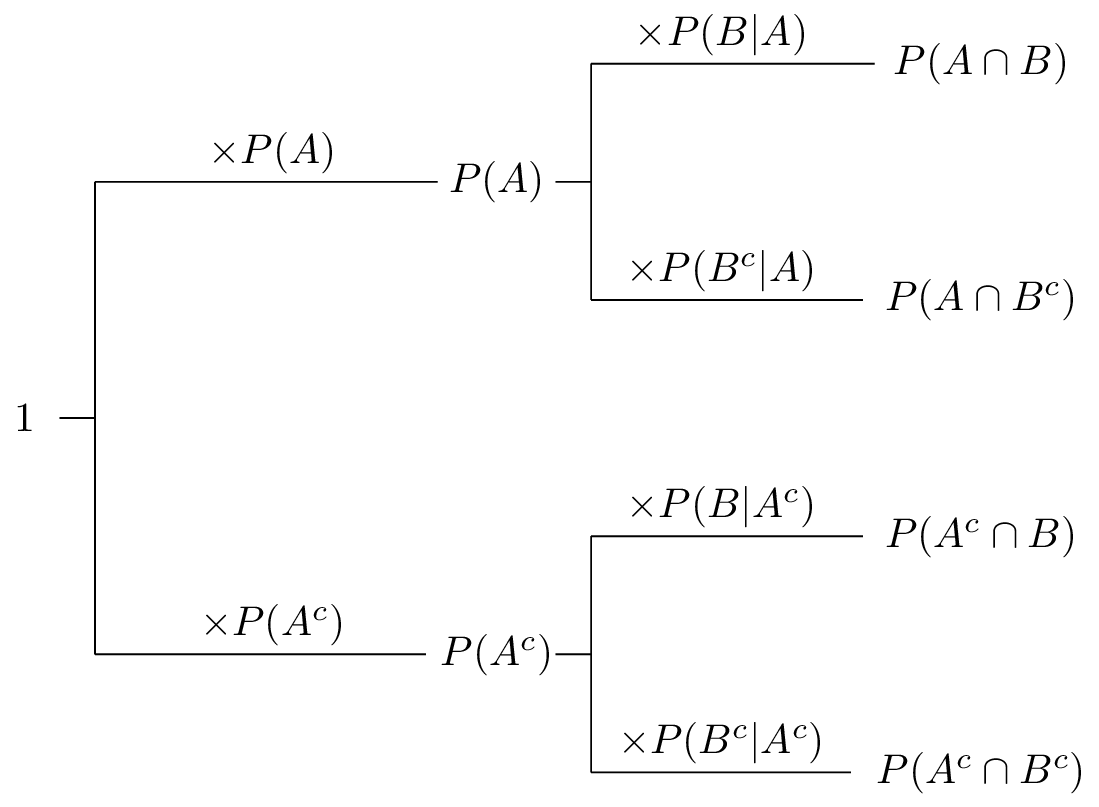
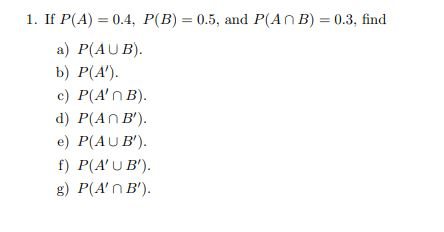
![probability] how do i know when to use p(aUb)=p(a)+p(b)=p(anb) vs P(anb)=p (a)*p(b|A) : r/askmath probability] how do i know when to use p(aUb)=p(a)+p(b)=p(anb) vs P(anb)=p (a)*p(b|A) : r/askmath](https://preview.redd.it/ph60b308i6n51.png?width=411&format=png&auto=webp&s=33bb1fc25342be1e41be4cae708cfcaba6c9366c)

![P(A'UB)=P(A')+P(A∩B) [Probability Theory Proof] - YouTube P(A'UB)=P(A')+P(A∩B) [Probability Theory Proof] - YouTube](https://i.ytimg.com/vi/AUZDjRMbM60/maxresdefault.jpg)

